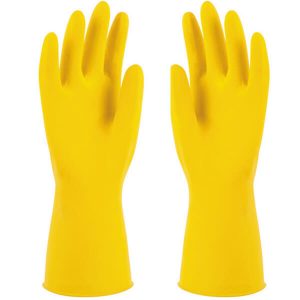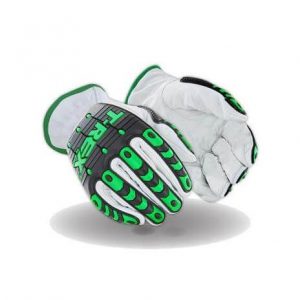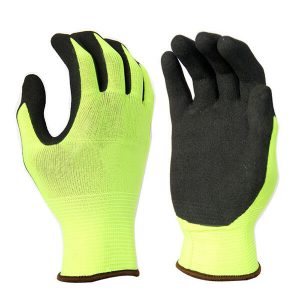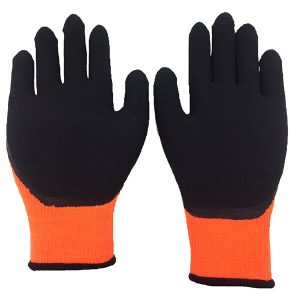Gardening gloves, as the right hand and the best partner in gardening activities, provide solid protection for those who love nature and greenery. When you are exploring the soil, pruning branches and leaves, or in close contact with various plants, it consistently guards your hands, so that you can enjoy the beauty of gardening at the same time, you can also feel at ease and worry-free in it.
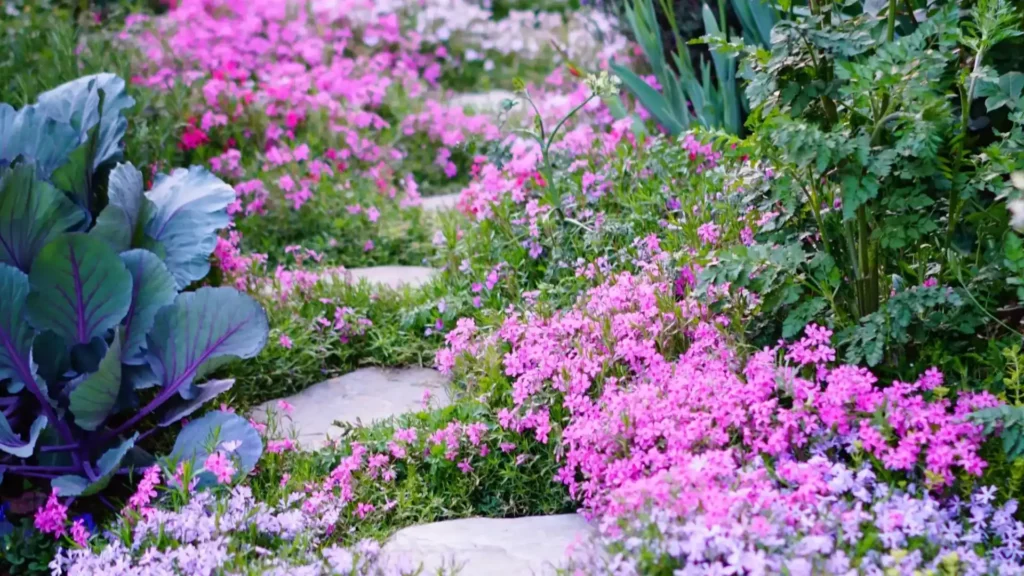
First, a basic overview of gardening gloves
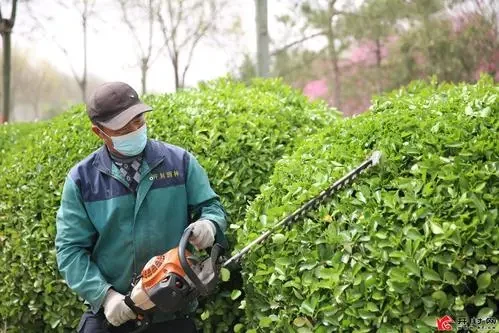
- Material: gardening gloves are made of a variety of materials to provide the necessary protection and comfort. Common materials include latex, rubber, PVC (polyvinyl chloride), and cotton. These materials have different properties such as abrasion resistance, puncture resistance, waterproofness, and breathability to meet the needs of different gardening tasks.
- Function: the main function of gardening gloves is to protect hands from injury. They prevent direct hand contact with soil, plant thorns, chemicals, and other gardening tools, thus reducing the risk of cuts, punctures, and infections. In addition, gardening gloves provide a good grip, making gardening easier and more efficient.
- Design features: gardening gloves usually have some special designs to increase their functionality and comfort. For example, some gloves have non-slip materials on the palm to ensure a firm grip on tools in wet or slippery environments. Some gloves have reinforced fingertip sections to increase abrasion and puncture resistance. In addition, some premium gardening gloves are touchscreen compatible, allowing the wearer to use a mobile phone or tablet without removing the gloves.
- Types and choices: gardening gloves are available in a variety of types, including full-finger gloves, half-finger gloves, and coated gloves. Full-finger gloves provide comprehensive hand protection and are suitable for heavy-duty gardening work; half-finger gloves protect the fingers while maintaining dexterity and are suitable for fine gardening operations; coated gloves are coated with a special material in the palm section to enhance grip and anti-slip, and currently coated gloves are more selective due to their outstanding performance. When choosing gardening gloves, comprehensive consideration should be made according to personal needs, working environment, and budget.
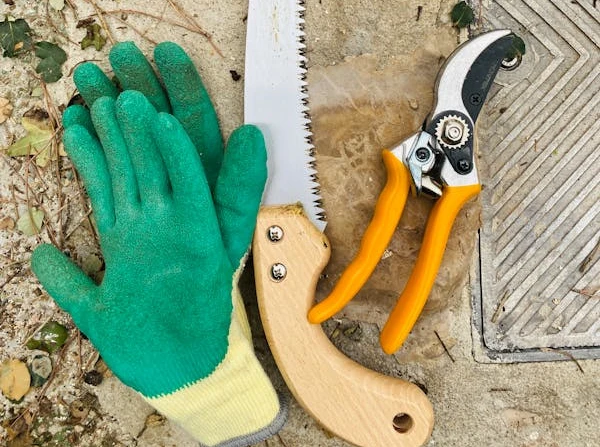
In conclusion, gardening gloves are indispensable protective tools for gardening work. They protect hands from injury and increase work efficiency while adding comfort. Choosing the right gardening gloves is crucial to enjoying a pleasant gardening experience.
Second, the use of gardening gloves scenes and methods
- Planting: When preparing soil, sowing seeds, or transplanting plants, gardening gloves can protect hands from sharp objects, stones, or chemical residues that may be present in the soil.
- Pruning and tidying up: when pruning branches, trimming shrubs, or tidying up flowers, horticultural gloves can reduce the risk of your hands being pricked or scratched by plants.
- Fertilising & Spraying: When handling fertilizers, pesticides, or other chemical products, gardening gloves provide the necessary protection against these harmful substances coming into direct contact with the skin, ensuring a safer and healthier working environment.
- Weeding and clean-up: When cleaning up weeds and debris in the garden, lawn, or vegetable garden, gardening gloves protect the hands from sharp blades of grass, plant debris, or irritants in the soil.
- Harvesting and Picking: Whether you are picking fruits, vegetables, or flowers, gardening gloves protect your hands from thorns, brambles, or dirt on the plants, while providing a better grip to make picking easier.
- Carrying and arranging: When carrying pots, gardening tools, stones, or other heavy objects, gardening gloves can provide extra grip and protection, reduce hand stress, and prevent blistering or abrasion.
In short, gardening gloves are an indispensable protective tool in gardening for a variety of scenarios and tasks. They protect hands from injury, provide extra grip and comfort, and make gardening more enjoyable and productive. When choosing and using gardening gloves, it is recommended that you make comprehensive considerations based on your personal needs, working environment, and budget to choose the type of gloves that best suits you.
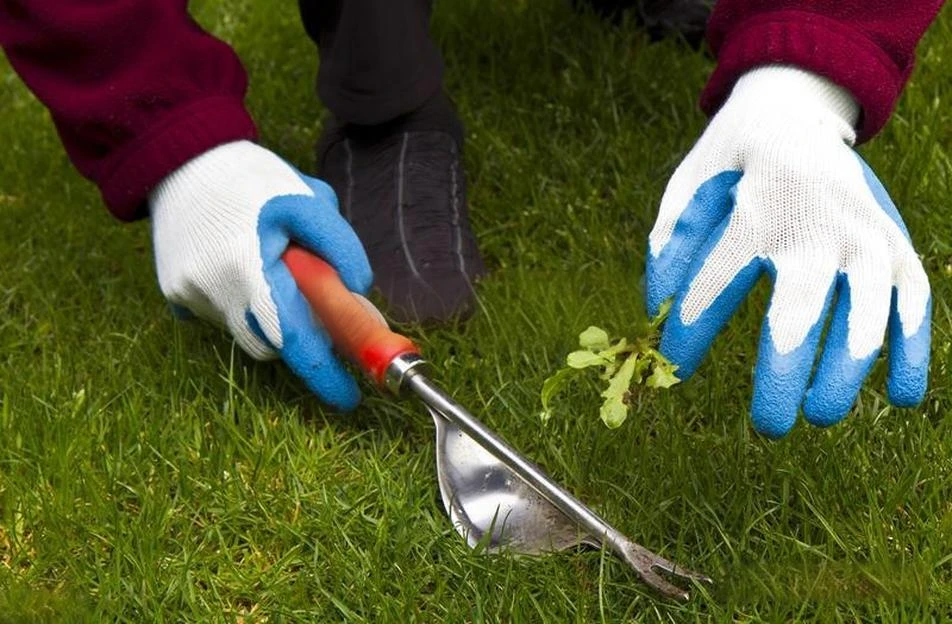
Third, the types and characteristics of gardening gloves
There are many types of gardening gloves, each with its own unique characteristics and applicable scenarios. The following are several common types of gardening gloves and their characteristics and applicable scenes:
- Characteristics: Latex-dipped gloves usually have good elasticity and abrasion resistance, providing excellent grip. Latex coating can be waterproof, stain-resistant, and have a certain degree of resistance to general chemicals.
- Scenarios: These gloves are ideal for handling thorny plants, digging up soil, lifting heavy objects, and using sharp tools. They are also commonly used for fertilising and spraying as the latex coating provides good protection against direct chemical contact with the skin.
- Characteristics: Nitrile is a synthetic rubber with excellent resistance to oil, chemicals, and abrasion. Nitrile-dipped rubber-coated gloves usually have good elasticity and tear resistance and also provide excellent grip.
- Scenarios: These gloves are particularly suitable for handling oily substances, and chemicals and for heavy gardening work such as pruning thick branches and digging into hard soil. They are also suitable for fertilizer spraying and other scenarios that require protection.
- Characteristics: PVC (polyvinyl chloride) gloves are usually lightweight and have some water and dirt-repellent properties. They are relatively affordable and easy to put on and take off.
- Applicable scenes: PVC gloves are suitable for light gardening work such as sowing, watering and weeding. They are also commonly used for cleaning and hygiene-related tasks, such as rubbish disposal or contact with less harsh chemicals.
4, PU dipped gloves:
- Characteristics: PU (polyurethane) dipped rubber gloves usually have good elasticity and abrasion resistance, as well as some waterproof performance. They are relatively lightweight, providing good hand dexterity and breathability.
- Scenarios: These gloves are suitable for moderate gardening work such as pruning flowers, tidying up plants, etc. PU-dipped gloves provide the necessary protection while maintaining good hand comfort and dexterity.
It should be noted that different types of gardening gloves may have some impact on breathability and comfort while providing protection. Therefore, when choosing gardening gloves, you should consider the specific work environment and task requirements and choose the type of glove that best suits your needs. At the same time, no matter which type of gloves are used, they should be regularly checked and replaced to ensure that they maintain good protective performance and comfort.
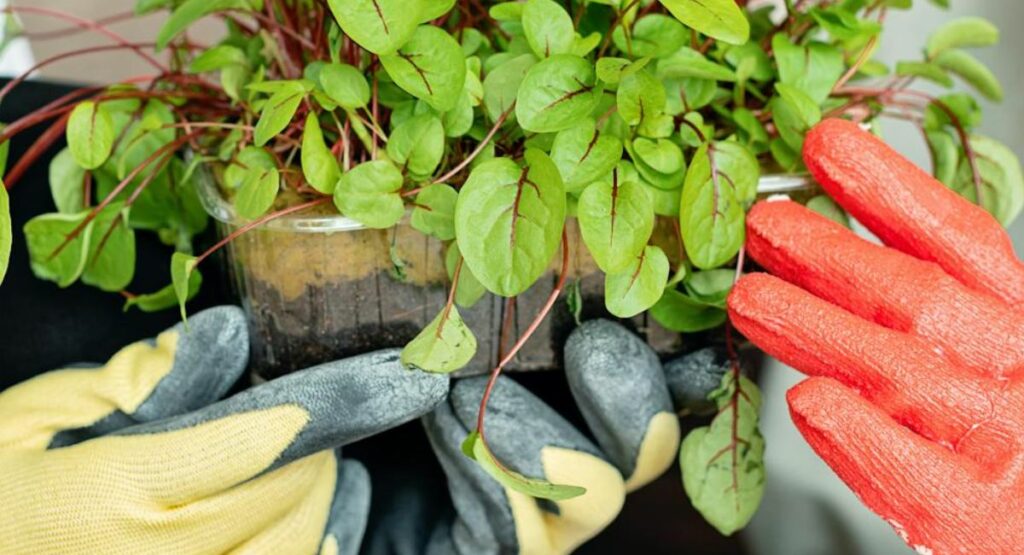
Fourth, the choice of gardening gloves
When choosing gardening gloves, you can consider the following aspects to ensure that you buy the right gloves for your needs:
- Clear gardening tasks:
First determine the type of gardening activities you will be performing, such as pruning, sowing, digging, handling chemicals, etc..
Different tasks require different gloves, for example, handling thorny plants requires gloves with good puncture resistance, while fertilizing or spraying requires chemical-resistant gloves.
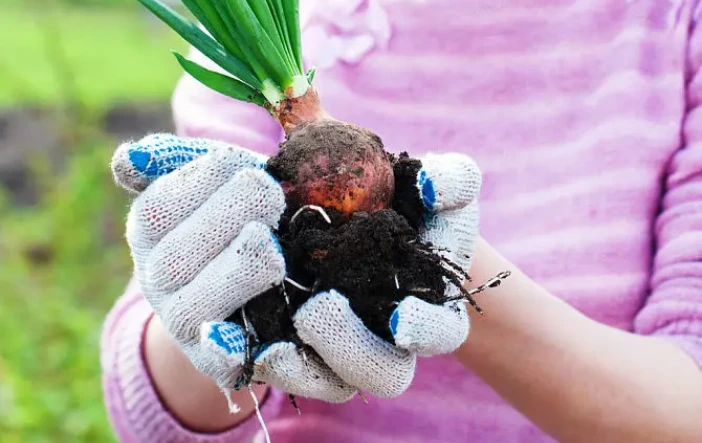
- Consider the glove material:
Latex gloves provide good elasticity and grip and are suitable for most gardening tasks.
Nylon gloves are lightweight and breathable, suitable for long hours of gardening.
PVC gloves are economical and suitable for light to moderate gardening tasks.
Nitrile gloves are oil and chemical-resistant, suitable for handling chemicals and oil-based substances.
3. Determine the right size:
Gloves should be able to fit the hand closely, but not too tight to restrict blood circulation.
Ensure that the fingers can move flexibly and that there is enough space in the palm when trying on.
4. Check glove characteristics:
Anti-slip: Check whether the palm and fingertip part of the glove has a non-slip design to ensure a firm grip when using tools.
Abrasion resistance: consider the degree of durability of the gloves, especially in the area of frequent contact with rough surfaces or sharp objects.
Breathability: Choose gloves made of breathable materials to reduce hand sweating and discomfort.
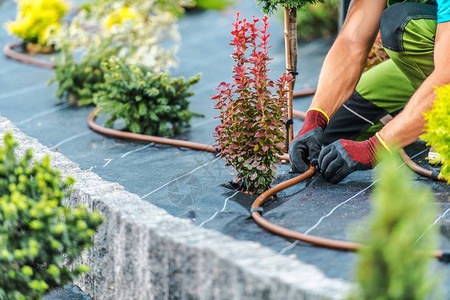
5. Consider comfort and dexterity:
Choose gloves with moderate thickness and good elasticity to ensure hand comfort and dexterity.
Avoid choosing gloves that are too heavy or restrict hand movement so as not to affect work efficiency.
6. In Everpro safety best gardening gloves recommended, you can click here: Yard and Landscaping Gloves.
In summary, when choosing gardening gloves, you need to weigh a variety of factors, including type of task, material, size, features, comfort, user reviews, price, and washability and maintenance. By carefully considering these factors, you can find the best gloves for your gardening needs.
Gardening gloves are your best companion when gardening, not only providing gardening enthusiasts with all-around protection for their hands but also catering for a wide range of gardening tasks with their diverse materials and designs. From preventing puncture wounds to resisting chemicals, from enhancing grip to providing comfort, the importance of gardening gloves in gardening activities cannot be overstated. Therefore, when choosing and using gardening gloves, we should give due consideration to their functionality, comfort, and durability to ensure that every close encounter with nature is safe and enjoyable. Whether you are a novice gardener or an experienced green thumb, a pair of suitable gardening gloves will be your indispensable assistance.

